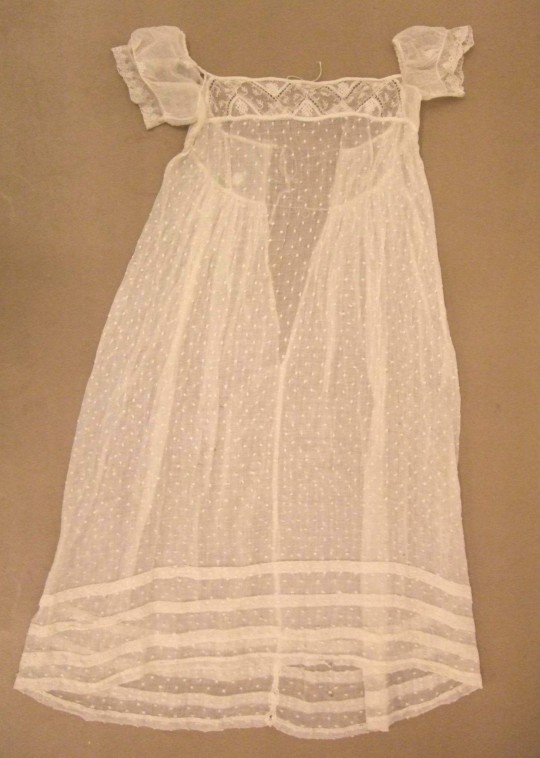#hussar pants eh
Text
The fabrics of Marryat's world
One of the things that stands out to me, as a twenty-first century reader of Captain Marryat, are his many references to specific textiles and fabrics. Part of that could be from his reputation as a man of fashion; but I suspect that it's mostly a reflection of the world he inhabited, full of bespoke clothing and aware of its value. (As Frank Mildmay said, "A tailor's bill you may avoid by crossing the channel; but the duns of conscience follow you to the antipodes, and will be satisfied.")
A hated assistant teacher in Jacob Faithful is identified by his coat of shalloon:
I have little further to say of Mr. Knapps, except that he wore a black shalloon loose coat; on the left sleeve of which he wiped his pen, and upon the right, but too often, his ever-snivelling nose.
The materials glossary in Handbook of English Costume in the 19th Century by C. Willett and Phillis Cunnington defines shalloon as, "A loosely woven worsted stuff, twilled on both sides."
In Poor Jack, the title character's mother is an ambitious businesswoman, who dresses her daughter to the best of her abilities and neglects her son. One character comments on this:
Does your mother make plenty of money by clear-starching? I know your sister had a spotted muslin frock on last Sunday, and that must have cost something. [...] Your mother dresses your sister in spotted muslin, and leaves you in rags

A spotted muslin dress for a child in the Victoria & Albert Museum collection, made c. 1800-1805.
This extant dress is embroidered with tambour work, noted as a pastime of well-bred young ladies in Japhet in Search of a Father ("Cecilia, my dear, show your tambour work to Mr. Newland, and ask him his opinion. Is it not beautiful, Mr. Newland?")
In Marryat’s world, textiles are named: kerseymere breeches, cambric handkerchiefs, cotton-net pantaloons. The cotton-net pantaloons are specifically mentioned in three of Marryat's novels: Peter Simple, Japhet in Search of a Father, and Poor Jack.
Names for textiles have changed over time, and I wonder if what Marryat calls "cotton-net" is synonymous with stockinette? ("[Pantaloons] were usually of stockinette or semi-elastic material," says Handbook of English Costume in the 19th Century). As much as Regency gentlemen wore some very suggestive clothing, I don't think they wore pants of sheer netting.
Still, one character in Poor Jack is showing off a lot of pantaloons in his (unfortunately) body-conscious choice of fabric:
Mr. Cobb was remarkable in his dress. Having sprung up to the height of at least six feet in his stockings, he had become remarkably thin and spare; and the first idea that struck you when you saw him was, that he was all pantaloons—for he wore blue cotton net tight pantaloons; and his Hessian boots were so low, and his waistcoat so short, that there was at least four feet, out of the sum total of six, composed of blue cotton net, which fitted very close to a very spare figure.

"Pentalon à la hussarde" in the collection of the Paris Musées (and on a more ideal figure).
#frederick marryat#captain marryat#regency#men's fashion#fashion history#textiles#fabrics#dress history#fashion#cotton-net#hussar pants eh#historical men's fashion#jacob faithful#japhet in search of a father#poor jack#peter simple#frank mildmay#pantaloons#if marryat's novels got the TV/film adaptations they deserved#i feel like almost all of them would have a trying-on-clothes montage
32 notes
·
View notes